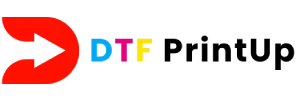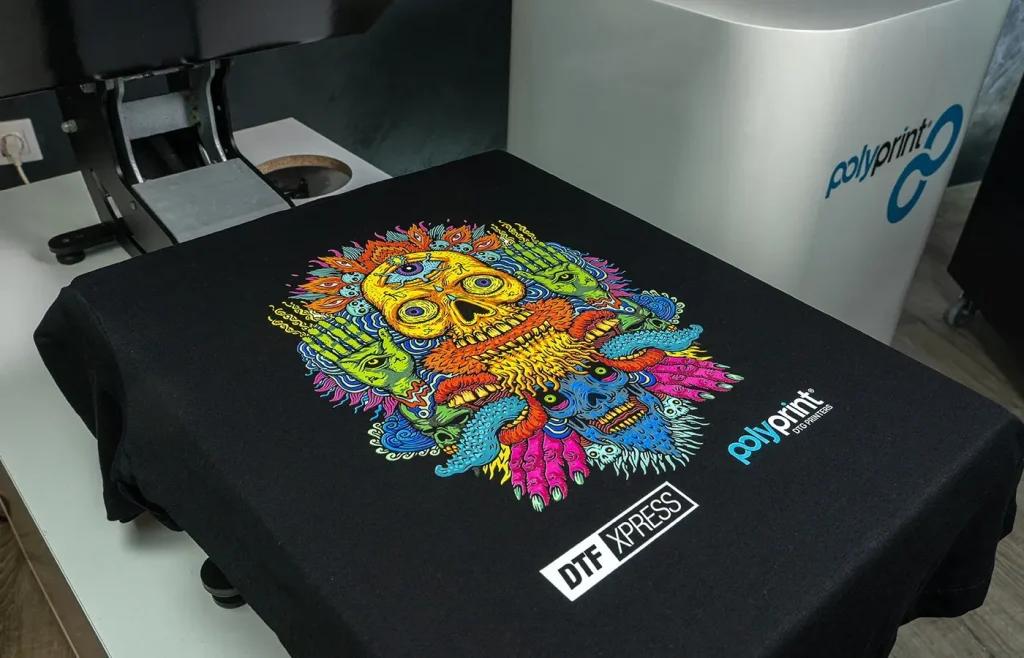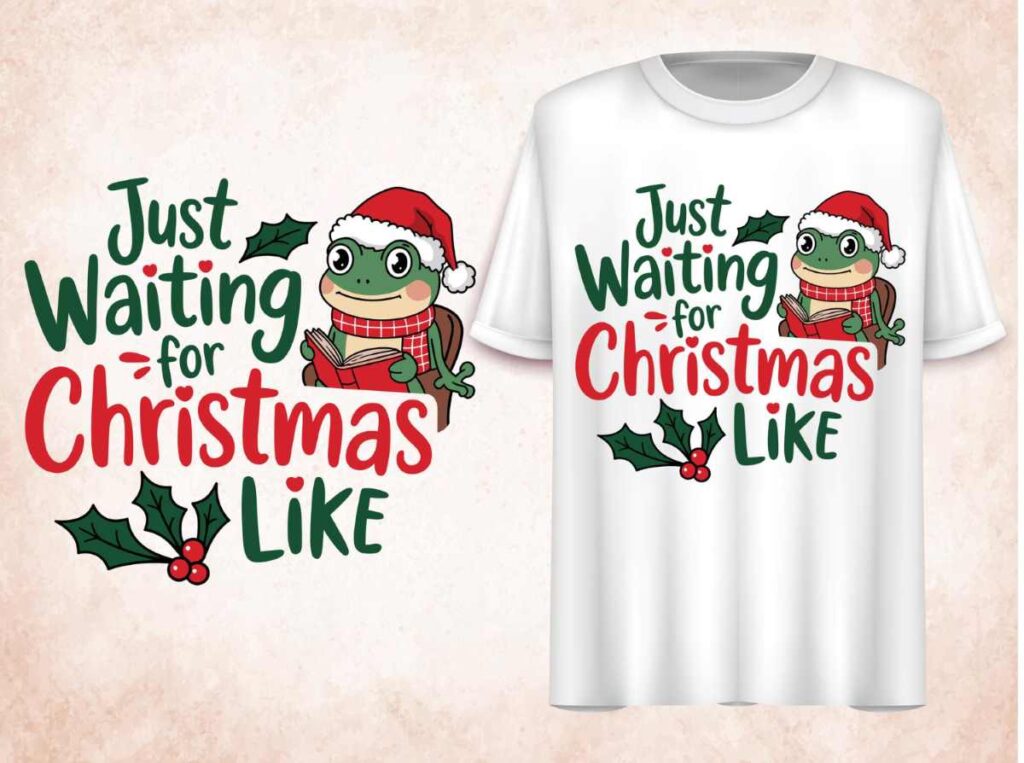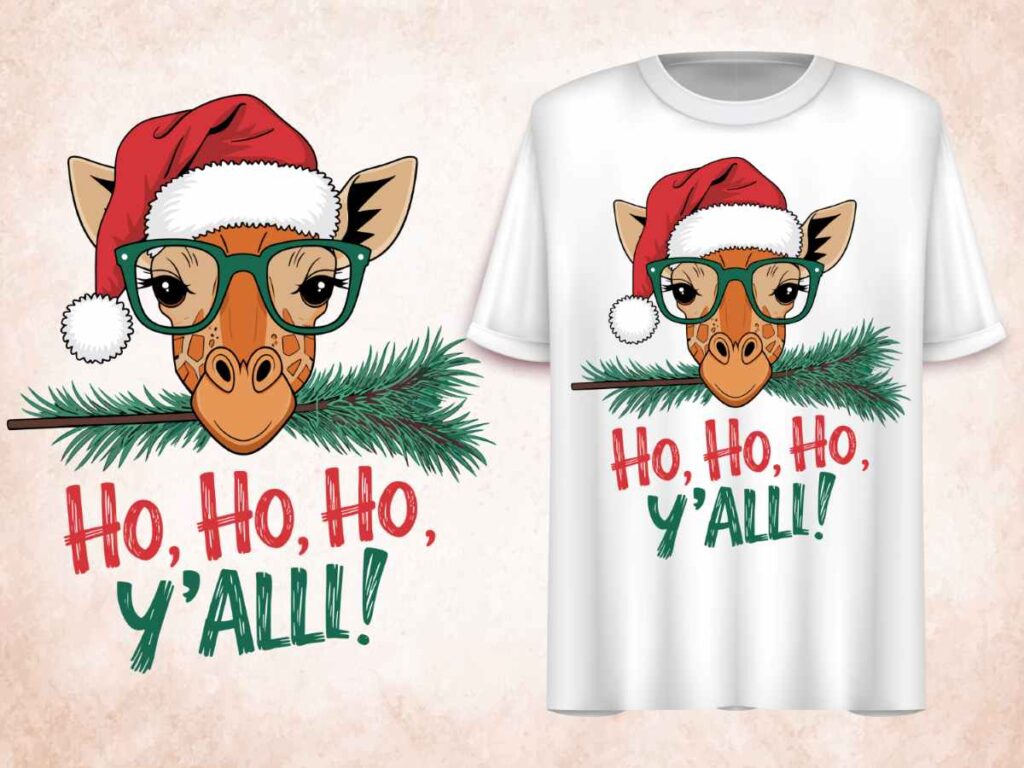DTF printing, or Direct to Film printing, is revolutionizing the textile industry with its innovative approaches to customization and efficiency. This advanced printing technology allows intricate designs to be effortlessly transferred onto various fabric types, making it a game-changer in custom apparel printing. By leveraging DTF, businesses can produce vibrant and detailed images that traditional textile printing techniques struggle to achieve. As the demand for personalized products grows, DTF printing stands out by facilitating the creation of unique garments that resonate with consumers. This blog post will explore the exciting developments within DTF printing, including notable industry innovations and their impact on the textile market.
Often referred to as direct-to-film technology, DTF printing represents a significant shift in modern textile printing techniques. It empowers designers and manufacturers to swiftly create custom designs while maintaining high-quality outputs across diverse surfaces. This innovative printing method not only enhances the creative possibilities but also meets the rising consumer demand for personalized fashion items and promotional materials. As the textile industry continues to evolve, terms like textile transfer printing and custom fabric printing further highlight the transformative nature of this technology—serving as key components in today’s fast-paced market. In this article, we will delve into how DTF printing is shaping the future of apparel decoration.
Understanding the Basics of DTF Printing
DTF printing, which stands for Direct to Film printing, has emerged as a game-changer in textile printing techniques. This innovative process prints high-quality designs onto a special film, which is then heat-transferred onto a variety of fabrics. The flexibility and advanced capabilities of DTF printing set it apart, allowing for intricate details and vibrant colors that appeal to both creators and consumers. As the demand for personalized and striking designs grows, the advantages of DTF printing become evident, providing businesses with a means to stand out in the competitive textile market.
Beyond just functionality, DTF printing represents a fusion of art and technology. Unlike traditional methods, this technique doesn’t require large runs or vinyl cutting, which reduces waste and speeds up production times. Businesses can quickly shift to printing seasonal designs or custom graphics as trends change. Whether it is for custom apparel or promotional items, DTF printing is paving the way for more creative freedom in textile production, appealing to both niche markets and larger brands.
Key Innovations Transforming the DTF Landscape
One notable advancement in DTF technology is **Mimaki’s** recent introduction of UV DTF printing capabilities. This development marks a significant leap in the versatility of DTF printing applications, allowing designs to be applied to various surfaces, whether textiles or hard substrates. By incorporating UV curing into the DTF process, designers can achieve stunning finishes without compromising the integrity of the fabric. Such innovations not only enhance product offerings but also open new revenue streams for businesses looking to capitalize on customized printing solutions.
Another significant development comes from **Eazydtf**, which has invested heavily in large-format DTF printing to meet the growing demand for bespoke textile designs. This strategic move enables high-quality prints that cater specifically to custom apparel needs, enhancing durability and color vibrancy. As businesses embrace this technology, they can better meet consumer expectations for unique and personalized products, resulting in a robust competitive edge in both fashion and merchandising sectors.
Gang Sheets: Optimizing Production Efficiency
Gang sheets represent a revolutionary technique in DTF printing, allowing multiple designs to be printed on a single sheet simultaneously. This process drastically improves efficiency by minimizing material waste and reducing production time. By effectively using available space on a gang sheet, printers can maximize their output while maintaining high-quality standards. This technique is crucial for businesses that cater to high-volume orders, making it an ideal choice for garment decorators and promotional product companies alike.
Mastering gang sheets also offers financial benefits by lowering costs associated with printing operations. As the textile industry faces increasing demands for quick turnaround times and lower prices, leveraging gang sheets in DTF printing can help businesses adapt and thrive. Moreover, the ability to print multiple designs concurrently allows print shops to offer competitive pricing while still delivering customized quality. This not only meets customer needs but also enhances overall productivity and profitability.
Embracing Customization in DTF Printing
The trend towards customization is rapidly changing the landscape of the textile industry, and DTF printing stands at the forefront of this movement. The ability to create tailor-made designs on-demand allows businesses to respond quickly to specific customer requests, significantly enhancing the shopping experience. As consumers increasingly seek unique products, DTF technology supports the growing desire for personalization in apparel and merchandise.
Furthermore, as brands continue to embrace this shift, they are finding innovative ways to incorporate DTF printing into their marketing strategies. From limited edition collections to collaborative designs with artists, the possibilities are endless. By utilizing DTF printing, companies can offer customers customized fashion statements that resonate with their identities, fostering a deeper connection between the brand and its audience.
The Advantages of Using DTF Technology
DTF printing offers numerous advantages that make it an attractive option for businesses within the textile industry. One of the key benefits is its versatility, enabling it to work well on various fabrics, from natural fibers to synthetic blends. This flexibility means that brands can diversify their product offerings without worrying about compatibility issues. DTF technology also produces high-quality output, with rich colors and detailed designs, setting it apart from traditional printing methods.
Moreover, DTF technology proves to be cost-effective, especially when considering techniques like gang sheets which minimize material waste. This cost efficiency not only lowers production costs but also enables businesses to offer competitive pricing on their custom apparel. As companies look for sustainable solutions in their operations, DTF printing presents an environmentally friendly option that aids in reducing waste while delivering high-quality products. The combination of quality, versatility, and cost-effectiveness continues to drive the adoption of DTF printing.
The Future of Textile Printing: DTF and Beyond
As the world of textile printing continues to evolve, DTF technology is positioned well to lead the way into the future. With significant advancements and innovations emerging regularly, such as those from **Snuggle DTF**, the accessibility of advanced printing capabilities is increasing for businesses across the spectrum. This democratization of technology means that even small enterprises can compete with established brands, fostering a more dynamic marketplace.
Looking ahead, the DTF printing revolution will likely inspire further developments in digital printing technologies. As consumer preferences shift toward unique and sustainable products, businesses that effectively leverage DTF innovations will not only meet these demands but also set trends in the industry. The future holds great promise, with DTF printing paving the way for creativity, customization, and environmental responsibility as paramount principles in textile manufacturing.
Frequently Asked Questions
What is DTF printing and how does it work?
DTF printing, or Direct to Film printing, is a digital textile printing technique where designs are printed onto a special film, which is then transferred onto fabric. This method allows for vibrant colors and intricate designs on various textiles, making it a versatile choice for custom apparel.
What are the benefits of using DTF printing for custom apparel?
DTF printing offers numerous advantages for custom apparel printing, including high-quality output with vibrant colors, versatility across different fabric types, cost-effectiveness due to reduced waste, and the flexibility to make quick design adjustments. These features make it an ideal choice for businesses looking to meet diverse customer demands.
How do gang sheets work in DTF printing?
Gang sheets in DTF printing involve the simultaneous printing of multiple designs on a single sheet. This technique optimizes production efficiency and minimizes material waste, allowing print shops to handle high-volume orders better and maintain profitability.
What innovations are currently shaping the DTF printing industry?
Significant innovations in DTF printing include Mimaki’s UV DTF technology for detailed graphics, Eazydtf’s large-format capabilities for vibrant custom apparel, and Snuggle’s web-to-print platform that streamlines the printing process for resellers. These advancements are enhancing customization and quality in textile printing.
Can DTF printing be used on different types of fabrics?
Yes, DTF printing is highly versatile and can be used on various types of fabrics, including cotton, polyester, and blends. This adaptability makes DTF an excellent choice for different textile printing applications, from fashion items to promotional materials.
Is DTF printing cost-effective for high-volume orders?
Absolutely! DTF printing is cost-effective for high-volume orders due to its use of gang sheets, which reduces material waste. This efficiency, combined with high-quality output, makes DTF printing an economical option for businesses looking to fulfill large custom apparel demands.
| Key Points | |
|---|---|
| What is DTF Printing? | DTF printing is a digital method that prints designs on special film, later transferred to textiles. |
| Key Innovations | 1. Mimaki’s UV DTF Technology enhances creativity with detailed stickers and graphics. 2. Eazydtf’s investment in large-format DTF allows for high-quality and durable designs. 3. Snuggle’s web-to-print platform streamlines printing for smaller businesses. 4. Gang sheets optimize workflows and reduce waste in production. |
| Advantages of DTF Printing | 1. Versatile applications across various surfaces. 2. High-quality output with vibrant colors. 3. Cost-effective through reduced waste. 4. Flexibility for on-demand customization. |
Summary
DTF printing is revolutionizing the textile industry by combining innovative technologies with effective customization. As businesses navigate the ever-changing landscape, the flexibility, cost-effectiveness, and ability to produce high-quality designs with DTF printing allow them to cater to modern consumer demands. This technology empowers manufacturers, whether large or small, to create personalized products swiftly and sustainably, ensuring they remain competitive in a crowded market. With companies like Mimaki, Eazydtf, and Snuggle leading the charge, the future of DTF printing looks promising, heralding a new era of creativity and efficiency in textile printing.



